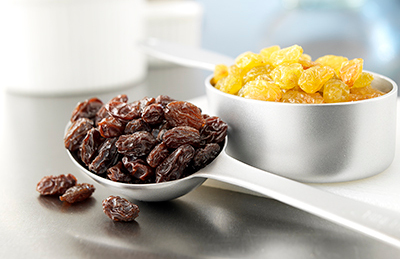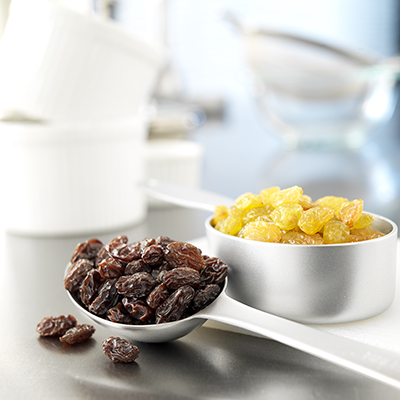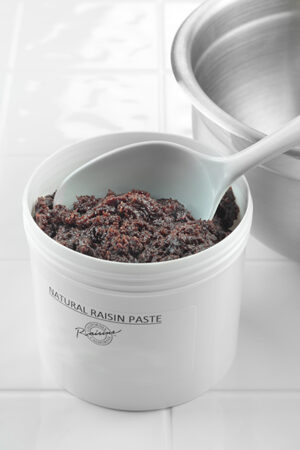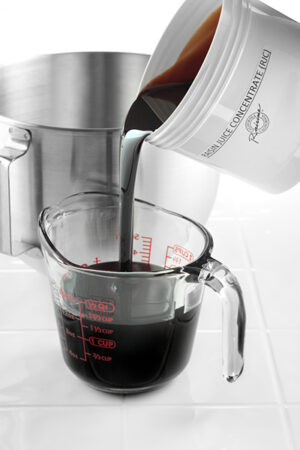
Start Raisin’ Your Game: Enhance your products with the natural sweetness of California Raisins
A & M Process Equipment Ltd.
Sponsored Content

Dried in the warm California sunshine, California Raisins provide flavour, texture, and colour to a wide variety of products. Their natural sweetness allows for a sugar alternative in formulations, and their high-water binding capacity helps to retain moisture in bakery products. Raisins are adaptable to a variety of other manufactured products appealing to the new and growing market for health-conscious consumers. Key attributes that make raisins an ideal ingredient for processed products include:
Sugar Alternative: California Raisins provide flavour, texture, and colour to a wide variety of products. Their natural sweetness allows for a sugar alternative in formulations.
Texture / Fat Replacement: California Raisins are plump, fresh tasting and have a soft “chew” that mimics fat and richness. Raisins act as a fat-replacer in baked goods without the addition of significant amounts of water and offer pleasant chewiness in a wide range of products. They are not gritty and typically free from large sugar crystals. California Raisins function well in fat-free baked goods, cookies and cakes.
Texture and Skin Integrity: The skin of the California Raisin is not easily damaged by processing aids or by other processes. Therefore, raisins retain their shape and integrity during preparation. In fact, raisins plump during microwaving and baking, building volume and mouthfeel.
Binding: California Raisin sugars create a firm texture that can help bind dry ingredients in foods such as bars, snacks, cookies, desserts and other dishes.
Water Activity: At the same moisture content, California Raisins generally have a lower water activity than other dried vine fruits because of their intact skin and fructose-glucose content. This prevents migration of moisture to or from ingredients in preparations and allows them to be added to recipes without concern for adding unneeded moisture.
The California Raisin industry offers a variety of products that are suitable for both consumer and industrial usage. Most of the products offered are of the “Vitis vinifera” Natural Seedless varietal type, including the Thompson seedless, and are typically dried by the sun, whether it is on paper trays or dried on the vine.

Before you start: how to prep California Raisins
California Raisins are shelf stable and require no preparation. They are ready to go, right out of the package. For some preparations, however, better results may be obtained by conditioning raisins in advance. This process allows moisture to enter through the skin to soften the texture and add juiciness to the raisin.
- For small quantities, the American Society of Bakery Engineers recommends that quantities of not more than 30 lbs be conditioned by adding 12 to 15 percent of warm water by weight to the raisins right in the case. Temperature of the water should not exceed 75° to 80°F and 3.6 to 4.5 lbs of water to 30 lbs of raisins. Seal the poly-liner securely, cover the container, and turn it a number of times to distribute the water uniformly. Turn again after about 2 hours and allow to stand for an additional 2 hours for a total conditioning time of at least 4 hours or overnight. Longer periods may over condition and release more solids from the raisins. Any remaining liquid should be added to the dough as part of the liquid component in the formula. Do not condition raisins in excessively hot water. For best results, raisins should be about 75°F at the end of the process.
- For larger quantities, the American Institute of Baking recommends that raisins be placed in a trough or tank with a screened bottom opening for draining the water. Completely cover the raisins with water at 75° to 80°F and then, drain. Close the drain to retain leached solids and cover the trough or tank and allow the raisins to absorb the surface water for at least 4 hours or overnight. Longer periods may over condition and release more solids from the raisins. Any remaining liquid should be added to the dough as part of the liquid component in the formula. Do not condition raisins in excessively hot water. For best results, raisins should be about 75°F at the end of the process.

California Raisins are also available as paste and juice. Raisin Paste is made by extruding raisins through a fine mesh screen. Raisin paste can be used to add visual appeal and flavour to many products. It can be used as a humectant and natural mold inhibitor and is compatible with a variety of flavours. It also sweetens naturally, contains fibre and has low microbiological counts, pH and moisture activity.

Raisin Juice Concentrate is a pure extract of raisins evaporated to produce a self-preserving concentrate that enhances flavour profiles and is a natural colouring agent. This juice is a natural preservative and sugar alternative that helps extend the shelf-life of bread products and naturally sweetens and colours baked goods. It can also be used as a natural binding agent or syrup to control breakage in cookies and crackers and maintain moisture in baked goods.
The possibilities to enhance your baking, food preparation or confectionary with the natural sweetness of California raisins are endless. To learn more and for additional inspiration, visit www.californiaraisins.ca.
Print this page